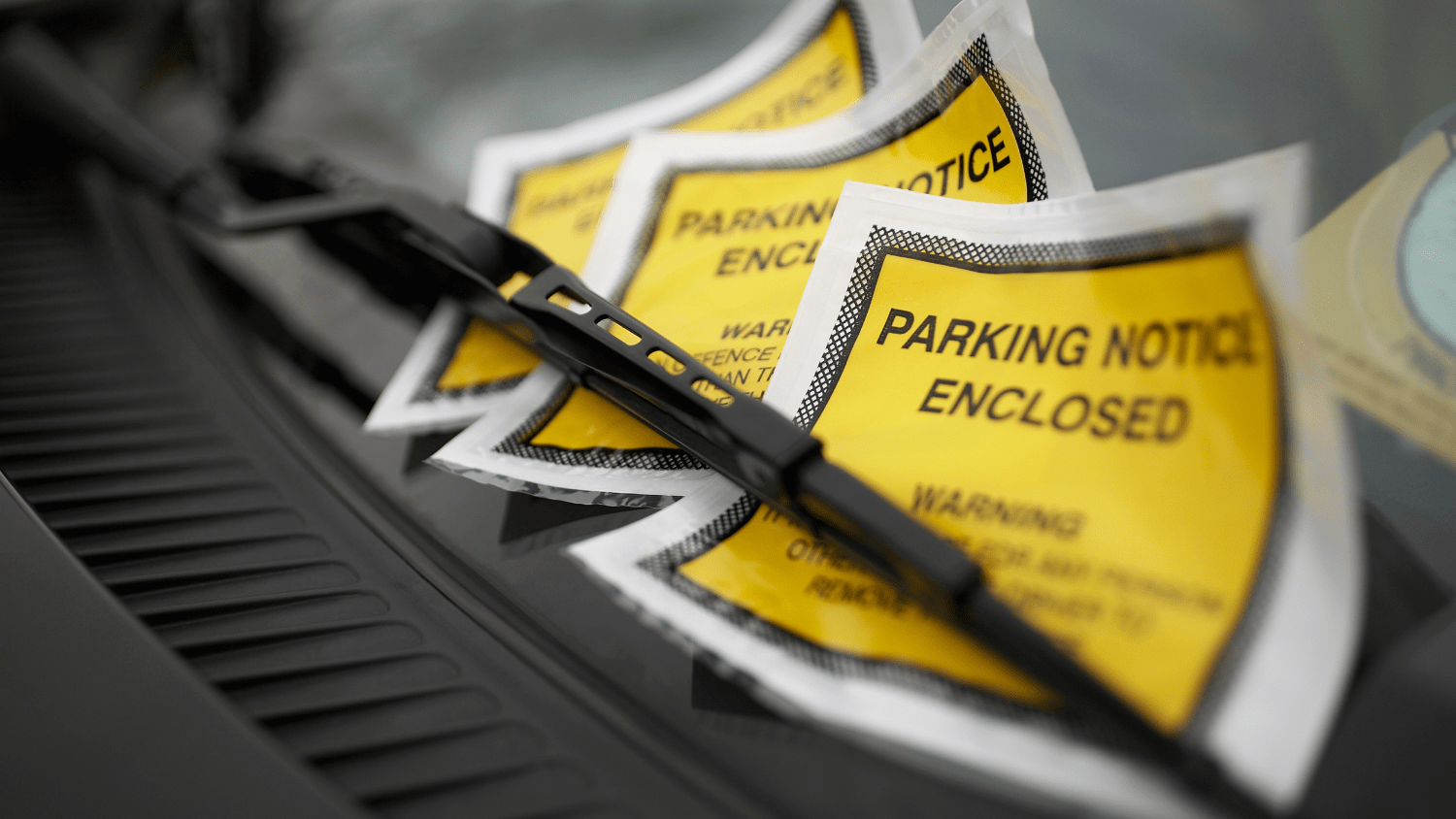How to Add an Electric Car Charging Point to your Car Park
The rise of electric vehicles (EVs) is changing the way we drive, and car park owners must adapt to meet this growing demand. Adding electric car charging points to your car park makes your property more appealing to EV drivers. It also future-proofs your business and increases its long-term value. If you’re considering adding EV chargers to your car park but aren’t sure where to start, this guide will walk you through everything you need to know.
From car park management to choosing the proper charger, we’ve got you covered.
1. Assess your Car Park's Space & Electrical Infrastructure
Before you can start installing electric car charging points, it’s essential to assess your car park thoroughly. You’ll need to evaluate two key areas: the available space and the capacity of your current electrical infrastructure.
Space Requirements
- Customer Experience: The placement of charging points is crucial for customer accessibility. The charging stations should be positioned in areas with high visibility and easy access. Think about the vehicle flow. Avoid placing chargers in locations that could block traffic or make navigation difficult.
- Government Regulations: You might not need a strict licence, but you must follow basic safety and accessibility rules. Make sure there’s enough room for vehicles to park, access charging points, and exit the space without difficulty. You’ll also need to ensure that the chargers are wheelchair accessible, which is a legal requirement in many places.
- Expansion Potential: Plan for the future. As EV adoption grows, you’ll likely need to add more chargers down the line. Make sure there’s enough space to accommodate additional charging stations as demand increases.
Electrical Infrastructure
- Power Supply: Check if your existing electrical setup can support the added load of EV chargers. Many car parks will need an electrical upgrade to handle the extra demand. This may mean upgrading your power supply or adding new transformers. Doing so will make sure there’s enough power available.
- Grid Connection: If your power supply is lacking, you should consult an electrical contractor. They can help ensure the power grid can support the extra load. This is an essential step, as overloading circuits can lead to safety issues.
- Utility Upgrades: Sometimes, you will need to upgrade your electrical system. This is important if you want to set up multiple charging stations, especially DC fast chargers, which require higher voltages.
Prepare your space and electrical setup properly. This will help ensure a smooth and efficient installation of EV charging stations.
2. Choose the right type of EV Charger for your Car Park
Once you’ve assessed your car park’s space and electrical infrastructure, the next step is to choose the right type of EV chargers. There are several types available, each catering to different user needs and car park types. Knowing the differences will help you choose the right chargers for your property and customers.
Types of EV Chargers
- Level 2 Chargers: These are the most common type of EV charger found in public and commercial car parks. They are versatile, offering a balance between cost and charging speed. A Level 2 charger usually takes 4 to 8 hours to charge a vehicle fully. This makes it perfect for places where cars park for a long time, like shopping centres, offices, and long-term parking.
- Rapid Chargers: Also known as DC fast chargers in the US. These can typically deliver an 80% charge in 30–60 minutes for most modern EVs, depending on battery size and charger capacity. According to the Energy Saving Trust, rapid charging is particularly suited to high-turnover locations like motorway service stations and busy retail parks because of the short dwell times and high demand.
- A Combination of Both: In many cases, a mix of both Level 2 and DC Fast Chargers works best. Level 2 chargers can serve long-term parkers, while DC fast chargers can cater to customers who need a quick charge.
Factors to Consider
- Charging Speed vs. Usage: Consider how long vehicles typically stay in your car park. If you cater to visitors who spend longer periods at your site, a Level 2 charger is sufficient. For high-traffic areas with a need for rapid turnover, DC fast chargers are essential.
- Cost and Budget: Level 2 chargers are more affordable to install, while DC fast chargers come with higher upfront costs. Yet, the potential for higher revenue from fast chargers might justify the higher initial investment.
- Future Growth: As electric vehicles become more common, the demand for faster charging will increase. Installing a mix of chargers now will future-proof your car park for the increasing number of EVs on the road.
Choosing the right chargers depends on your target audience, your budget, and your car park’s traffic flow. By considering these factors, you can provide the best charging options for your customers.
3. Plan your Charging Station Layout & Installation
With the type of chargers selected, the next step is to plan the layout and installation of your EV charging stations. The idea behind this is not simply to put chargers in a corner of your car park. It’s about giving EV owners an efficient and friendly experience that will ensure they return in future.
Key Considerations for Layout Planning
- Accessibility: Make sure charging stations are easy to reach for all vehicles, including larger ones like vans or trucks. Place them in locations where vehicles won’t have to maneuver excessively to reach the chargers. Consider the flow of traffic in your car park and ensure the chargers don’t obstruct other users.
- Signage: Clear signage is essential for guiding customers to the chargers. Include visible signs indicating the location of EV chargers, as well as instructions for use. This will help customers find the chargers quickly and avoid confusion.
- Safety: Ensure charging stations are correctly installed. They must have correct electrical wiring, good grounding, and weather protection if they’re outdoors. Think about weatherproofing and adding good lighting near the chargers. This is important for safety, especially in places with low light at night.
Installation Considerations
- Choose a skilled installer with experience in EV chargers. This ensures the entire process, from electrical work to the actual setup, is safe and meets regulations.
- Ensure compliance with local codes and standards. This means getting the proper permits and following national rules for EV charger installation.
- By planning your charging station layout carefully, you ensure a smooth installation process. Plus, you can make it a far more positive experience for your customers.
By planning your charging station layout carefully, you ensure a smooth installation process. Plus, you can make it a far more positive experience for your customers.
Future-Proof your Car Park with EV Charging Points
As demand for EV infrastructure grows - with the UK registering over 1 million pure electric cars as of 2025, according to the Society of Motor Manufacturers and Traders (SMMT) - charging stations are becoming essential for businesses looking to stay competitive. This growth is expected to accelerate towards the Government’s 2035 phase-out date for new petrol and diesel cars.
To help you take the next step, Britannia Parking are on hand to provide expert advice for all types of car parks. We help companies stay competitive and not just follow trends. To get your car park ready for the future, evaluate the space, electrical system, and pick the right chargers.
Contact us today to arrange your free consultation and start adding EV chargers to your car park.


.png?rev=545c0062-5126-4464-b6ca-73d31026cf77)



